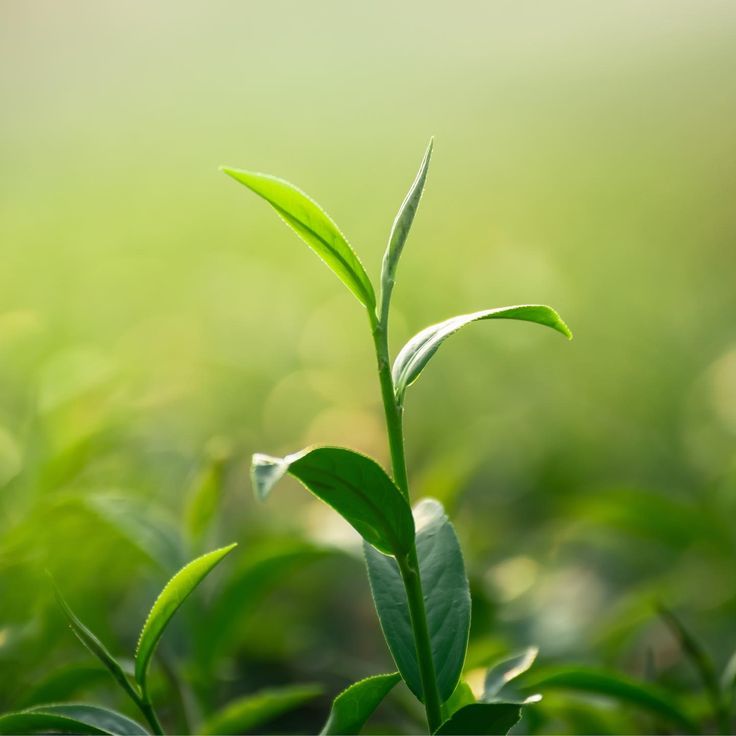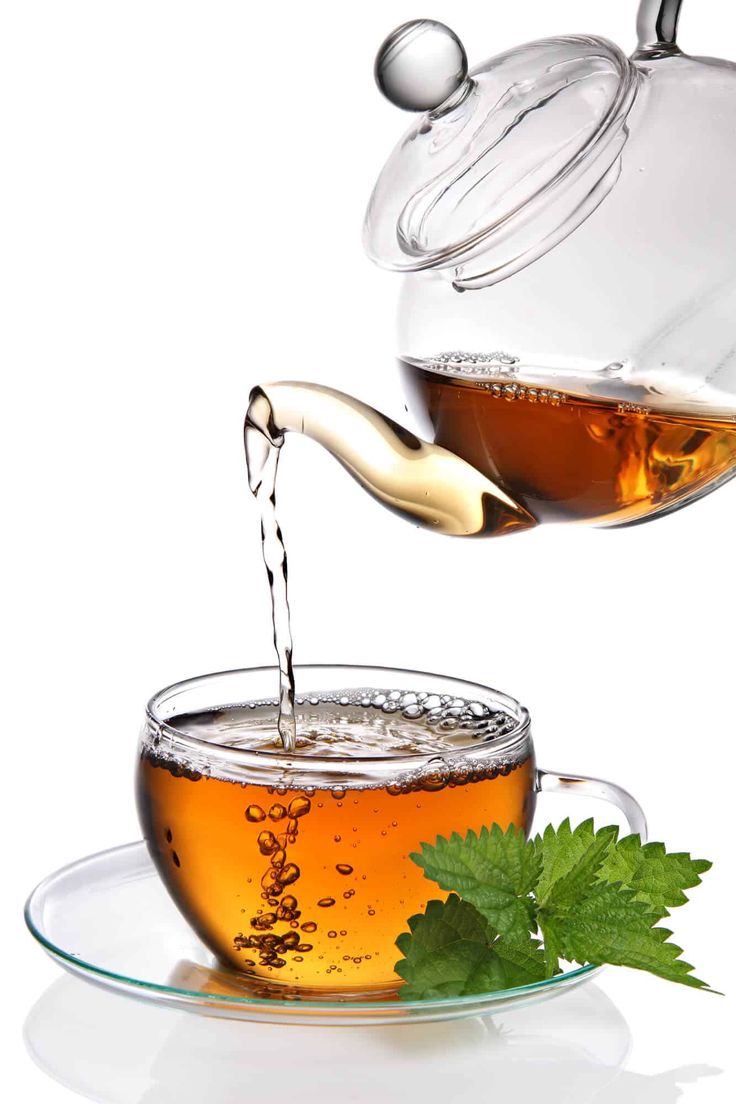Tea is one of the most beloved beverages around the world, appreciated not only for its taste but also for its health benefits. While many are familiar with the types of tea like black, green, or oolong, fewer people are aware of the different Tea Whole Leaf Grades. These grades are an essential factor that affects the flavor, aroma, and brewing quality of tea. Understanding these various sizes of tea leaves will help you choose the right kind of tea for your taste preferences and brewing methods.
In this article, we will delve into the primary tea leaf grades, from the finest dust to the most luxurious whole leaves.
What Are Tea Whole Leaf Grades?
Tea whole leaf grades refer to the classification of tea leaves based on their size, shape, and level of intactness. This system categorizes the tea leaves to ensure that the buyer knows exactly what they are getting. Tea that is sold in loose-leaf form or whole leaf format generally goes through less processing, which preserves its natural flavors and health benefits. On the other hand, lower grades of tea, such as dust and fannings, are more finely broken down but are commonly used in tea bags for faster brewing.
The Tea Whole Leaf Grades system can vary depending on the country of origin, but there are several universal categories. Let’s break them down:

1. Whole Leaf (OP – Orange Pekoe)
The highest quality tea falls under the “whole leaf” category. Orange Pekoe, despite its misleading name, does not refer to a specific flavor or color but to the size and quality of the tea leaf. In this grade, the tea leaves are whole and unbroken, preserving the full flavor and essential oils of the tea. The larger surface area of the leaf allows for a more complex flavor profile, especially when brewed slowly.
- Example of Whole Leaf Tea Grades:
- OP (Orange Pekoe) – Consists of long, wiry leaves that are fully intact.
- FOP (Flowery Orange Pekoe) – A finer variation with young tea leaves and a few unopened leaf buds.
- GFOP (Golden Flowery Orange Pekoe) – Includes more buds and produces a sweeter flavor.
- TGFOP (Tippy Golden Flowery Orange Pekoe) – High-quality grade with an abundance of tips, resulting in a very delicate taste.
Whole leaf teas are best brewed using a teapot or an infuser, giving the leaves ample room to expand and release their full aroma and taste.
2. Broken Leaf (BOP – Broken Orange Pekoe)
Broken leaf tea is the next tier down from whole leaf tea in terms of size and quality. As the name suggests, the tea leaves are broken into smaller pieces, but they still retain much of their natural flavor. This category offers a balance between convenience and flavor, as the smaller leaves brew faster but still provide a rich taste.
- Example of Broken Leaf Tea Grades:
- BOP (Broken Orange Pekoe) – Smaller and broken leaves that infuse more quickly than whole leaf teas.
- FBOP (Flowery Broken Orange Pekoe) – Contains some buds along with broken leaves.
- GBOP (Golden Broken Orange Pekoe) – Broken leaves with golden tips, resulting in a more fragrant brew.
Broken leaf teas are often used in loose-leaf tea blends, offering a faster brewing time without sacrificing too much flavor.
3. Fannings
Fannings are smaller tea leaf fragments that are often found in tea bags. While they are not considered high-quality compared to whole leaves, fannings still offer a quick and strong brew. This makes them popular for those who prefer a fast-brewing tea, such as in the case of black tea served with milk or sweeteners.
- Example of Fannings Tea Grades:
- PF (Pekoe Fannings) – Small leaf pieces that brew quickly and produce a strong flavor.
- BPF (Broken Pekoe Fannings) – Even finer than PF, often found in tea bags.
Fannings are commonly used in everyday tea bags because their smaller size allows for quicker steeping, ideal for people who want their tea quickly but are still looking for some depth of flavor.
4. Dust
Tea dust represents the lowest grade of tea and is composed of the smallest tea particles left over from the production process. Dust is almost exclusively used in commercial tea bags due to its rapid infusion rate and strong, sometimes bitter, flavor. While it lacks the complexity and aroma of whole-leaf tea, it serves a purpose for those who want a quick and robust cup of tea.
- Example of Dust Tea Grades:
- PD (Pekoe Dust) – Extremely fine particles that infuse rapidly.
- RD (Red Dust) – Specific to black teas, providing a dark, rich brew.
Dust grades may not offer the same nuanced flavor as whole leaf teas but are ideal for mass production and situations where convenience and speed are prioritized.
How Do Tea Whole Leaf Grades Affect Your Tea Experience?
When selecting tea, the Tea Whole Leaf Grades system gives you insight into what kind of experience to expect. Whole-leaf teas generally offer a more refined, complex, and aromatic brew compared to broken leaves, fannings, or dust. On the other hand, if you prefer a quick and strong cup of tea, especially with milk and sugar, then broken leaf or fannings might be a better fit.
Additionally, tea grades affect the brewing process. Whole-leaf teas benefit from more space to expand during steeping, which allows their flavors to unfold slowly. Conversely, dust and fannings infuse quickly and intensely but might lack the delicate flavors that come with more intact leaves.

Conclusion
Understanding the various Tea Whole Leaf Grades helps you make informed choices when purchasing tea. Whether you are seeking the complex flavors of whole-leaf tea or the convenience of fannings and dust, knowing the differences in leaf sizes can enhance your tea-drinking experience. Whole leaf teas offer a more luxurious and slow-brewing option, while broken leaves and dust provide faster, stronger brews.
Each grade has its place depending on your preferences, making it easier to find the perfect tea for every occasion.
At Nam Son, we offer a full range of teas that meet international quality standards. If you would like to choose the perfect tea product, please contact us through the information provided on this website.
